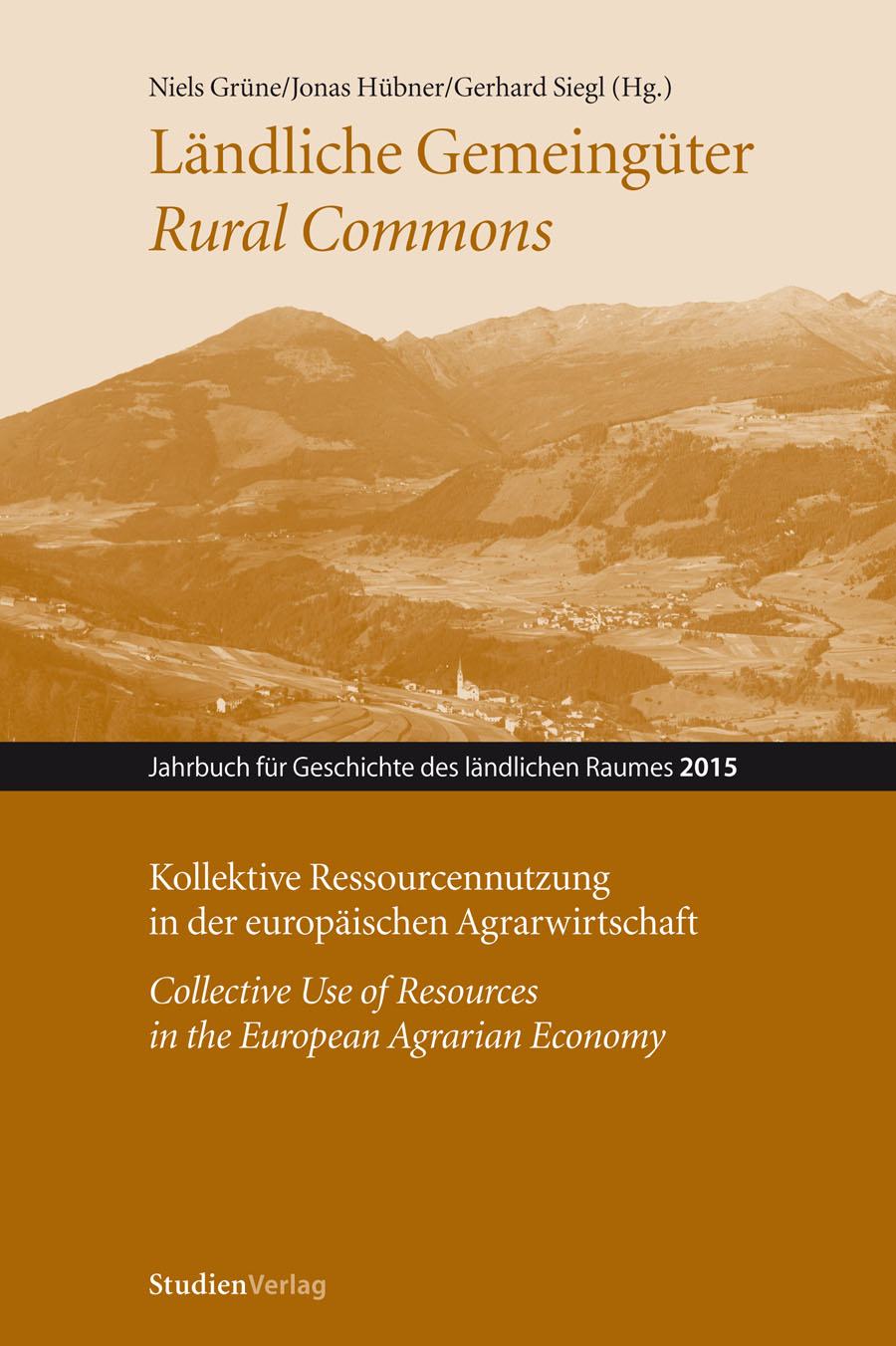Of pastures and tourism
A comparison of Tyrolean and Namibian commons institutions
DOI:
https://doi.org/10.25365/rhy-2015-20Abstract
We compare institutions of pastoral-cum-tourist commons in Europe (Tyrol) and southern Africa (Namibia). Membership of European pastoral single village commons was less than one hundred enumerated farms. In Namibia, membership was more numerous, unregistered and open-ended. Tyrolean commons included huntable game, owned by either the collective or the municipality. Namibian commons, inclusive of huntable game, were national property.
Tyrolean commoners privately held enumerated pastoral rights, whereas the stock numbers of Namibian commoners were open-ended. While herding in Europe is undertaken collectively, Namibians herd individually. Tyrolean commoners’ collectives were public law associations of ancestral farm-with-field owners with a statute prescribing internal democracy. Namibian pastoral commons operated under local, unwritten, customary law. In Namibia, conditional
use rights for huntable game was recently devolved to public law associations of commoners, that is, Conservancies. Namibian Conservancies hold use rights for game without jurisdiction over land, similar to hunting associations in Tyrol. Capital investment in tourism on Tyrolean commons was from within the village, in Conservancies (inter)national. Unlike definite commons boundaries in Tyrol, Namibian equivalents are often disputed.


